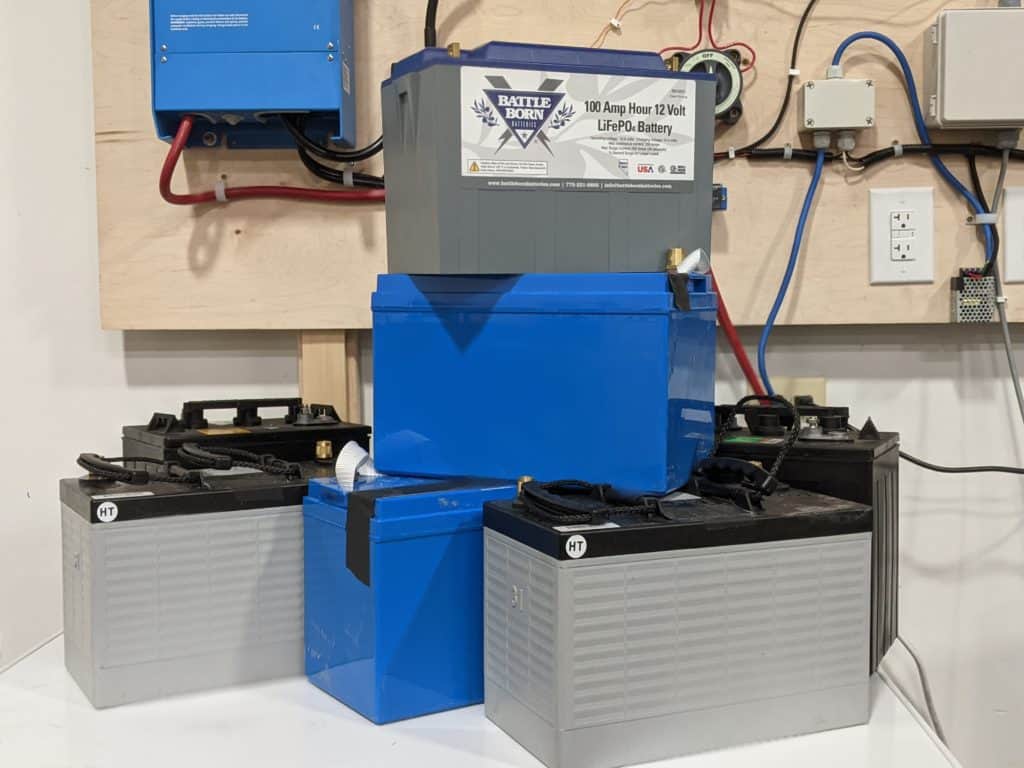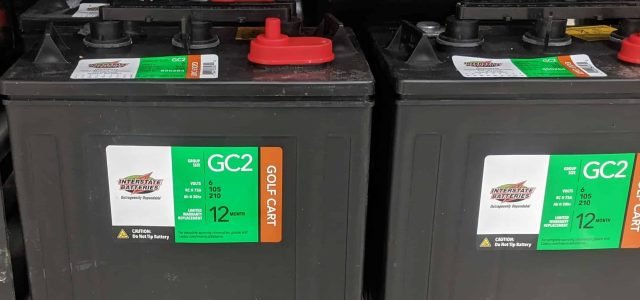Automotive batteries are an integral part of our vehicles, powering various components such as the engine, lights, and electronics. However, it is essential to understand the safety aspects of these batteries, particularly when it comes to flammability.
In simple terms, automotive batteries are not considered flammable solids. Instead, they are classified as hazardous materials due to their corrosive properties. These batteries typically contain sulfuric acid, which is highly corrosive and can cause severe burns if it comes into contact with the skin or eyes.

Credit: battlebornbatteries.com
The Composition of Automotive Batteries
Automotive batteries consist of several key components, including lead plates, lead oxide, and an electrolyte solution of sulfuric acid diluted in water. The lead plates and lead oxide interact with the sulfuric acid to create an electrical charge that is used to power the vehicle. The battery case is typically made of a durable plastic material to contain the corrosive substances inside.
Why Are Automotive Batteries Considered Hazardous?
While automotive batteries are not flammable solids, they are classified as hazardous materials due to their corrosive nature. The sulfuric acid electrolyte present in these batteries is highly corrosive and can cause chemical burns if it comes into contact with the skin, eyes, or clothing. Additionally, if a lead-acid battery is punctured or damaged, it can release hazardous gases, including hydrogen gas, which is highly flammable and can pose a fire risk.

Credit: www.redferret.net
Safety Precautions When Handling Automotive Batteries
Due to the corrosive nature of automotive batteries, it is crucial to follow proper safety precautions when handling or working with them. Here are some essential safety tips to keep in mind:
- Always wear protective gear, such as gloves and safety glasses, when working with batteries.
- Avoid smoking or open flames when near batteries, as hydrogen gas released during charging or discharging can be flammable.
- Ensure good ventilation in the area where batteries are stored or charged to prevent the accumulation of potentially hazardous gases.
- If you need to replace a battery, carefully disconnect the cables first, starting with the negative (-) terminal. Then, remove the positive (+) terminal and any securing brackets or hardware. Finally, lift the battery out of its compartment.
- Dispose of old or damaged batteries safely by taking them to a recycling center or an authorized battery dealer. Do not throw batteries in the regular trash as they can harm the environment.
Handling a Battery Leak
In the event of a battery leak, it is important to take immediate action to minimize the potential harm. If you notice a battery leak, follow these steps:
- Put on protective gear, including gloves and safety glasses, to avoid contact with the battery acid.
- Carefully neutralize the spilled acid with a neutralizing agent specifically designed for battery acid spills. Follow the instructions provided by the manufacturer of the neutralizing agent.
- Absorb the neutralized acid with an absorbent material, such as baking soda or kitty litter. Sweep up the absorbed material and dispose of it in a garbage bag.
- Thoroughly clean the affected area with water to ensure all traces of the acid are removed.
- Dispose of any contaminated materials, such as gloves or rags, as hazardous waste following local regulations.
Frequently Asked Questions For Are Automotive Batteries Flammable Solids? Discover The Shocking Truth!
Can Automotive Batteries Catch Fire?
Yes, automotive batteries have the potential to catch fire if they are mishandled or damaged.
What Causes Automotive Batteries To Catch Fire?
Automotive batteries can catch fire due to factors such as short circuits, overcharging, or external heat sources.
How Can I Prevent Automotive Battery Fires?
To prevent automotive battery fires, ensure proper installation, regular maintenance, and avoid overcharging or mishandling the battery.
Is It Safe To Leave An Automotive Battery In Extreme Temperatures?
Extreme temperatures can affect the performance and lifespan of an automotive battery. It is best to store and operate batteries within the manufacturer’s recommended temperature range.
Conclusion
While automotive batteries are not flammable solids, they are classified as hazardous due to their corrosive nature. The sulfuric acid electrolyte they contain can cause severe burns if mishandled. It is important to handle and dispose of automotive batteries with care, following the necessary safety precautions and regulations. By doing so, we can ensure both our safety and the protection of the environment.

